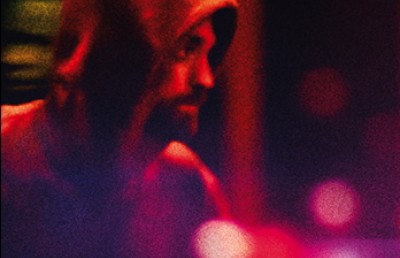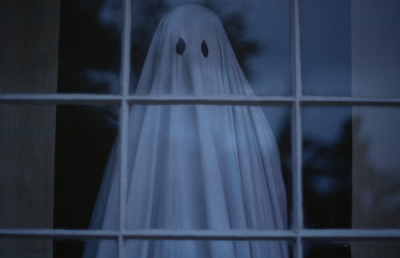A Canadian in Japan: An Interview with Filmmaker Philippe McKie
Fantasia 2017
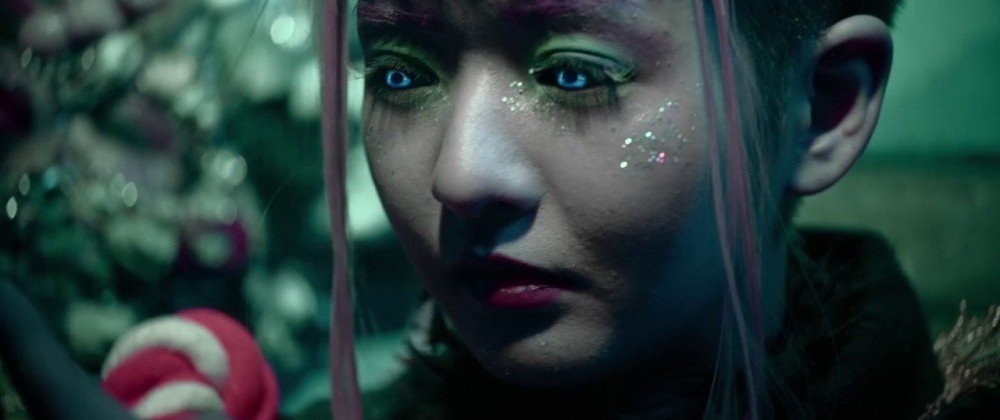
Philippe McKie is a 29-year-old Montreal native and graduate of Concordia University’s film school. He has spent the better part of the last seven years in Japan making a series of short films, while involving himself in artistic side-quests that include stints as DJ and club event organizer. At the same time, he has earned money and picked up experience as a line producer on a wide variety of foreign projects, working with everyone from Apple, BBC, Channel 4, CNN, and WWE, among others. At the time of this interview, he was in Nagoya working on a Toyota production. This year, he has written and directed two Tokyo-set short films, Be My First and Breaker. The first is something of a tribute and deconstruction of Japanese pinku eiga (“pink films”), while the second is a strikingly designed cyberpunk thriller. Both were screened at Montreal’s Fantasia genre festival in 2017, a stop on the festival circuit where, between them, the films have won 60 awards over the past four months. Places where either or both of McKie’s films have been shown include the prestigious Raindance and Neuchâtel festivals, with future screenings scheduled across the world. Although the two shorts have very different styles, they share a fascination with Japanese pop culture and a welcome commitment to strong visual storytelling. This interview was conducted by e-mail on August 25, 2017.
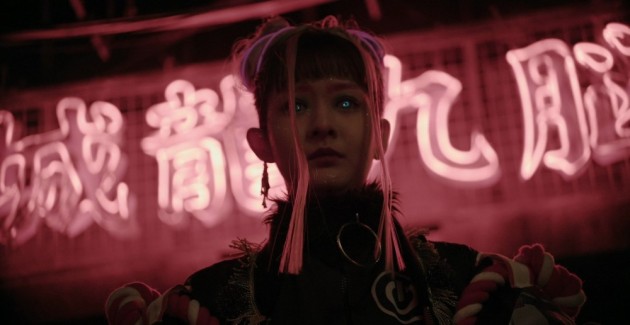
Breaker
Offscreen: You managed to get two short films into this year’s Fantasia festival. What was the Fantasia experience like?
Philippe McKie (PM): While introducing Breaker, I told the audience how Fantasia was my first film festival experience, as a child over twenty years ago, for a screening of End of Evangelion. 1 In true Fantasia fashion, an audience member yelled: “That must have fucked you up!” Amen to that.
That first taste of Fantasia was a mind-blowing experience, and after that I was hooked, religiously attending the festival and marathoning films every year. There is no doubt in my mind that Fantasia is one of the factors that lead me to become a filmmaker in Japan, as it instilled in me a deep interest in international and Asian cinema. For these reasons, being a part of the festival this year was a very special experience. My films are very different, a cyberpunk thriller and an erotic drama, and I think the fact they were both selected shows how eclectic the festival programmers’ tastes are in creating their line-ups.
I also had the chance to meet many local filmmakers who are pushing the boundaries of genre filmmaking. Another highlight was meeting many of the core members of the Fantasia team, who were very kind and insightful. Being behind the scenes at Fantasia definitely feels like being a part of the ultimate cinephile geek squad, which is amazing! I was hoping to interact with potential producers, but haven’t yet found anyone interested in creating content in Japan. The search continues!
Offscreen: Be My First is the more conventionally filmed, but there are some visually interesting ideas in it. Can you talk about your use of pink (in the love hotel) and blue (in the shower) filters? Was this a direct influence of the Japanese pink film tradition?
PM: I’ve always found Japanese love hotels to be otherworldly. They are everywhere, often decorated in exotic themes and, obviously, people are going there to have sex, so it can be a little weird. The pink hotel room was a key image going into the project. I wanted to create this erotic space that feels disconnected from the outside world, where all the anxiety and anticipation of this event we’ve been leading to unfolds. I’m fascinated by how different cultures associate different colours with eroticism. In western society, it leans towards red, whereas in China it’s yellow, and in Japan, pink! Which is where the genre name “pink films” comes from. I also feel it’s a colour associated with innocence and femininity, so all this made me want to create a pink world in the hotel room. We also used radical shifts in sound to make the space more claustrophobic. For instance, by cutting from the sonically rich exterior of the rainy, neon streets to the interior, which is more quiet, and focusing on small sounds, like the shifting weight of bodies on the sheets and her hands moving nervously on her skirt. As for the blue shower scene, it’s another key threshold in the story, the ritual cleansing she goes through in reverting to her true self. It’s extremely rare to see actresses in Japanese cinema without makeup, and it was important for me to end the film with a feeling of naturalness, emphasizing warm skin tones and the characters lack of makeup. A fun fact is that the gels we used to create that colour in the shower are called Tokyo Blue.
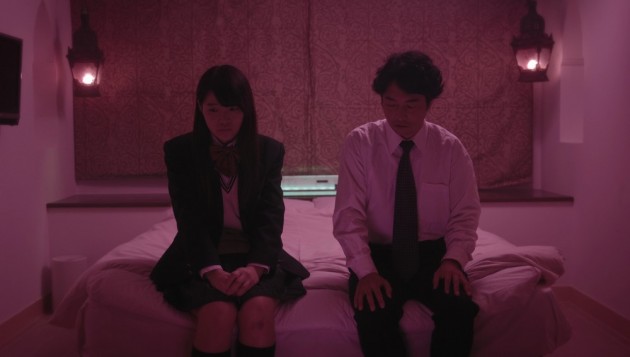
Be My First
Offscreen: There is an interesting succession of shots that begin with the pink of the love hotel and the bright lights of downtown Tokyo and then the colours become increasingly drab and dark as she makes her way home. When she finally arrives, the crimson paint/blood stands out sharply from its surroundings. Can you talk about what you had in mind with this sequence and how you shot it?
PM: I’m very happy you could notice this shift. I wanted the aesthetic and mood of the film to unfold like a one night stand: we have all this excitement and anxiety leading up to the “climax” in the hotel room, after which our minds are clear and the reality of the world returns, muted and cold.
Offscreen: There is a very nice shot taken from the girl’s point of view of the salaryman with an out of focus mirror behind him. Was that a difficult shot to get? Were there any shots that you found particularly difficult, or at least time consuming?
PM: With Be My First, I wanted to make a film that was both realistic and stylized. That shot where she parts her legs and he is standing directly in the center is one example of how we controlled the compositions to enhance the eroticism and tension of the film. I was the editor of both films, and was very conscious of the tempo of the characters’ actions, as I already had a vision of how each scene would be cut. I wanted to emphasize how she ever so slowly removes her underwear, pulls up her skirt, and parts her legs, never fully revealing, because nothing is sexier than that anticipation compounded by what we cannot see. Our imaginations are always unrivalled in that respect. We did not shoot any coverage. This saved us a tremendous amount of time on set as we just attacked each specific piece of the script until the scenes were done.
Offscreen: There are several references to some of the more notorious sexual fetishes identified in particular with Japan, notably the teen girl in school uniform, the yaeba crooked teeth to make girls seem more childlike, and the deflowering fantasy. Were pink films your only source of inspiration, or was this also inspired by the experience of living in Japan and the people you met there? Beyond a tribute to pink films, are you also trying to make a more general comment on Japanese society? What kind of perspective does your status as a relative outsider give you?
PM: Japan is fascinating in the way desires are commercialized, from legal industrialized prostitution to the porn industry. No matter how niche, if there’s a market for a particular fetish you can find it on the shelves of your local porn megaplex, or find a sex parlour which caters to your particular fetish. But before you rush to Google flights to book a ticket, it should be noted that these establishments are mostly forbidden to foreigners. I’ve always been hungry for experience and to meet people with interesting or uncommon backstories. The events of the film are entirely inspired by the lifestyles of people I know here, including various types of sex workers, as well as my own experiences. I don’t pass judgement on any character. I am always very curious to hear how different viewers react based on their own morals. If there is one comment I hope to make in the film, it’s in the main characters’ relationship. I wanted to show what I believe to be a personal ideal of love, which is to be honest and understanding with your partner. Sounds simple enough, but I think very few of us really share our real desires and thoughts with our partners, and end up lying and living fractured double lives in the process.
Funnily enough, I find that many people who haven’t been to Japan have an image that it is very cold and suppressed sexually, although obviously there is suppression happening everywhere. Japan makes North America seem very prude in comparison. This sexless image is being propagated by huge media companies around the world shooting “documentaries” that are just feeding off stereotypes created by other outsiders who haven’t really penetrated beyond the surface or are presenting marginal establishments as the norm. Yes, cuddle-cafes and dominatrix bars exist, but it isn’t the majority of people going to them. There are so many people here, and such a thirst for innovation, that all kinds of interesting places can be born and thrive. The sex industry here is immense and institutionalized, and I find that in general there are fewer stigmas around sexuality and nudity. An innocent example of this is Onsen culture, where, beginning in childhood, the Japanese often go to relax naked in public hot springs with other strangers of the same gender, and sometimes in mixed baths with the opposite gender. I’ve grown to find this normalization of being nude with others extremely liberating and natural, but, upon arriving in Japan, it was definitely a cultural barrier I had to grow through. Also, for better or worse, the media here is highly sexualized, and many animes and comics aimed at young audiences would be banned in a heartbeat in North America. The very existence of the “pink film” industry, these soft-core erotic films originally produced to be played in a theatrical setting, is another example of the variety of erotica in Japan. I find that within this immense variety of sex industries, there is so much potential for interesting stories, of which Be My First is, fittingly, my initiation.
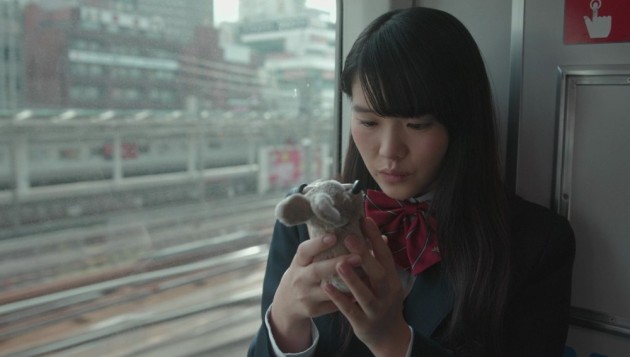
Be My First
Offscreen: Could you talk about the process of making this film? Without getting into specific numbers, how did you raise the money? Where did you find your cast and crew? Was it difficult to get permission to shoot exteriors, or did you just shoot without permission? How long did the editing and sound mix take, and were there any unusual or difficult problems that arose while doing this? And while we’re on the subject, could you talk about the process of making BREAKER (same questions)? Also, how far apart did you make the films? Was one harder to shoot? Why?
PM: The two films were shot just one week apart from each other and with the same crews and production methods. I was the art director on both and the locations are places I’ve scouted over the years. I produced both films on a very tight budget with a small but talented team. Over the years, I’ve learned the hard way the limits of safe guerrilla-style filmmaking. Most of the exterior scenes were shot this way, but we got permission for all interior locations. An interesting interior scene was the club in BREAKER. I collaborated with the legendary event organizer of the infamous monthly event Tokyo Decadence to create a real party in which we shot the scene. That bar, called DecabarZ, is home to some of Tokyo’s most eccentric fashion and party subcultures, and many of the people in that scene, including the cyber-DJ, are friends of mine that appear as they do in their daily lives! My crew is very international and composed of hungry artists drawn to the cinematic potential of Japan. The director of photography with whom I shot both films is called Hans, and although we both graduated from MHSOC 2 in Montreal, we met for the first time in Tokyo! He was crucial to creating the looks of each film, and I’m very proud that he’s received many awards for his work on these projects!
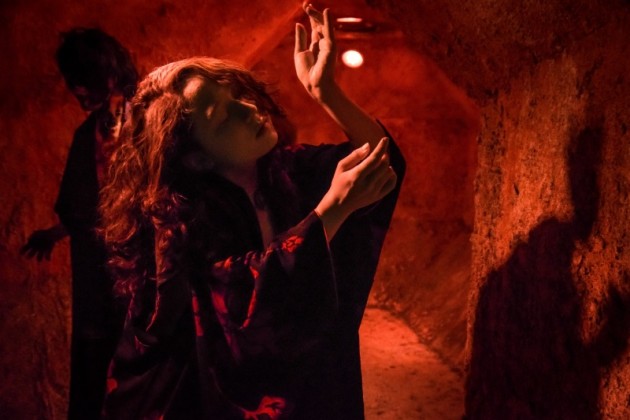
Breaker
As for the sound of each film, I worked with my long-time collaborator Remy Sealey, also known by his producer name Klātu, who singlehandedly did all the sound design and mixing for both films. We’ve been working together since the very beginning and have developed a level of communication bordering on telepathy when discussing sound. I went to Montreal for all the postproduction, and had a blast watching him work in the amazing AudioZ facilities. The approach we had to the soundscapes of each film was radically different and there is no doubt that BREAKER was a much bigger challenge. It required designing hundreds of different original samples, many inspired by obscure sources like recordings of extinct languages and Inuit throat singing. Another tradition we’ve continued is to record our own voices to create certain sounds we couldn’t find in the wild.
The music of Be My First is by another Montreal artist called Lyndsie Alguire. Her sound perfectly embodied the spirit of the film and I’m thrilled we could collaborate. I also highly respect her artistic sensitivities as a model, with much of her work emanating an ethereal sensuality, which perfectly matches the spirit of the film.
The music in BREAKER features an insane line-up of legendary electronic music producers, including the co-founder of Soundcloud, Forss, as well as heavy hitters like SOPHIE, Phentix, WHIPPED CREAM, GRRL, Neraph, and Cansino, among others. Having been a DJ in Tokyo for over 3 years immersed me in new electronic styles from around the world. I’m thrilled that BREAKER can feature this kind of cutting edge music representing the vanguard of electronica.
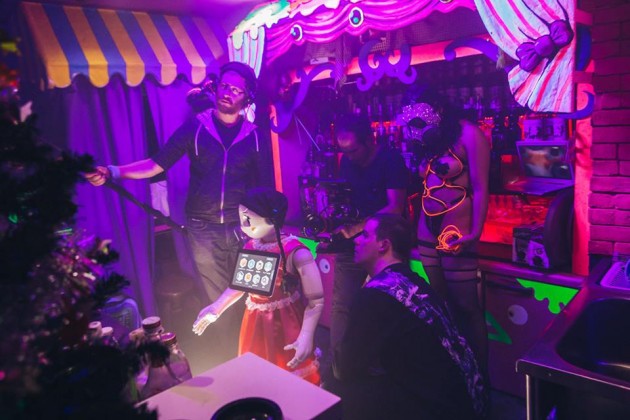
Shooting Breaker
Offscreen : Was it hard for a Canadian expatriate to make films in Tokyo? How did you land in Japan in the first place? Why Japan?
PM: Locals in the industry think I’m absolutely out of my mind and ask me on a daily basis why I’m seeking to establish myself here when they have such a bleak outlook on modern Japanese cinema. It comes down to two reasons: inspiration and potential. I have an immense creative debt to repay to for all the inspiration Japanese artists have provided me. Starting as a child, the large majority of the most mind-bogglingly insane art I’ve seen was from here, and it planted a seed in me wanting to journey to the source. As for potential, there are so many projects I would like to make here, it’s overwhelming. For example, with BREAKER, I’m showing what can be made in the cyberpunk genre using only currently available elements unique to Tokyo. Reactions have been very positive, and yet it represents only the very start of what I can imagine being made here within the genre. Living in Japan has its hardships, from the perpetual struggle of having a valid visa, to overcoming cultural and language barriers, to making a living while pushing my artistic projects, not to mention integrating myself into the Japanese film industry using production methods very different from the norms here, but I will gladly continue to endure them in order to pursue this cinematic potential.
Offscreen: Let’s also talk in a bit more detail about BREAKER, which is wildly different from Be My First. What attracted you to the subject matter? Are you a fan of cyberpunk? Japanese anime? Both? Can you point to specific examples from either or both that influenced you?
PM: I am a hardcore fan of cyberpunk. Japan has produced some of the most iconic films in the genre with anime classics such as Akira 3 and GITS 4 . Besides these two masterpieces, there are many anime films and series I adore, especially those made in the late ‘80s and ‘90s. If I were to namedrop a few in the cyberpunk genre that I love, I’d have to mention Metal Skin Panic 5 , Armitage III 6 , Roujin Z 7 , Macross Plus 8 , Demon City Shinjuku 9 , and so many more. As for manga within that genre, I’m deeply inspired by the artwork of Tsutomu Nihei. Outside of anime and films, one of my biggest inspirations in making BREAKER was William Gibson. His novels sparked my addiction for high-tech/low-life storytelling. I couldn’t help but name the fully functional robot that appears in the club scene as a hustling bartender after him!
Offscreen: Did the fight sequence require a careful mapping out of shots? How did you shoot it?
PM: The actor who fights opposite the leading actress is named Kazuya Shimizu and is a legend in the Japanese action and stunt world. Due to the budget and time constraints making the film, we could not even have a single rehearsal prior to the shoot. For the same reasons, we also had only two hours to shoot all the scenes taking place in that location. I had precise movements I wanted from each actor, and given the ridiculous constraints they faced, I feel they did an amazing job. Knowing how little we made this film with, I’m proud of what we accomplished.
Offscreen: The costumes and makeup in this film are wonderfully stylized and striking. Did you work closely with a designer and makeup artist on the look of the film? How did this collaboration work?
PM: I was the art director of both films and went into each with a very specific style in mind. The styling is obviously a huge part of BREAKER, and it was a huge job. A very talented designer named Katy San was my right hand. She had just arrived in Japan from Myanmar when I pitched the project to her. Although she was new to the city, she already had an extremely deep knowledge as to the shops and styles I wanted to work with in making the film. We had a blast conceptualizing the looks of each character, even incorporating her background and culture with elements like Burmese writing on the main character’s face. One of the shops we collaborated with is DOG in Harajuku. It has a legendary status in the underground fashion world and I was fixated on working with them from the start. Every piece of fashion in that store is a one-off, handmade by eccentric designers, and now Katy is one of them! I’m amazed at the work she did on the film and at how quickly she is reaching her artistic goals in Tokyo. We’re also both thrilled that BREAKER is currently nominated for multiple prizes at fashion-film festivals like MIAFFF. 10
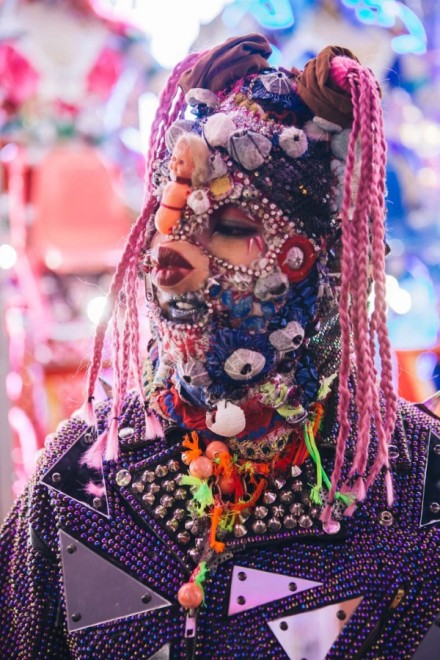
Breaker
Offscreen: Is there anything distinctive about the Japanese relationship to technology that you are commenting about in this film? Was this based on your personal observations and experiences in Japan?
PM: Living in Tokyo feels like witnessing the future. Japan is known for its technology sector and for aggressively pushing innovation. An interesting opinion I’ve heard recently is that whereas in the West we grow up with stories of mankind fighting against machines, in Japan there have long been many famous robot characters targeted at young audiences such as Doraemon or Astro-Boy that are shown as friends and allies. Although I see it regularly, it still amazes me how normal it is to encounter robots in Tokyo. An example of this is the one we used in the bar scene of BREAKER. It is a fully functional robot called Pepper that can move and interact with people, designed by Softbank to attract customers to their shops and entertain them before starting a sales pitch. The Pepper in BREAKER is wearing a dress made by a lovely woman called Rie, who has started her own business designing clothes and uniforms for similar robots.
Another cool bit of technology we used in the film is for the voices of the robot bartender and the AI that invades the main character. Both were achieved using Vocaloid programs. These are synthetic voice software used in Japan to make music, most of which have characters representing each voice, most famous of which is Hatsune Miku. There are even concerts where people dance in unison, screaming their love for the holographic projections of these vocaloids on stage. These are just a couple examples of things I encounter in Tokyo which feel like real everyday cyberpunk!
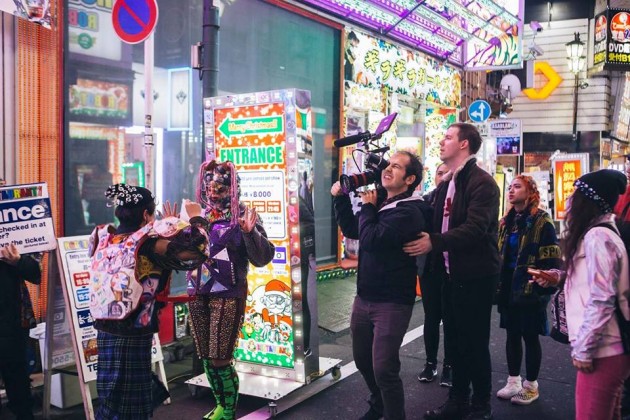
Shooting Breaker
Offscreen: Be My First is very much shot in the classical continuity style, but BREAKER has a more spontaneous feel, with an extensive use of the moving camera and often featuring less carefully composed shots. Do you prefer one style over the other, or is it just a matter of fitting the style to the subject matter?
PM: It is absolutely about finding a style that best supports the subject matter, from camera movement, art design and editing to the treatment of the music and sound. It was very interesting to work on these two films at the same time, jumping from one to the other especially in postproduction, and it kept our perspectives on the material fresh.
Offscreen: Can you talk about your background and how you became interested in making films? Are there any filmmakers that you haven’t already mentioned that have particularly influenced you? Are there any shots or elements in your film that you could point to as examples?
I was born and raised in Montreal and went to film school at the MHSOC. After my second year there I moved to Tokyo, where I have been based ever since.
In terms of conveying my aesthetic visions of the films to Hans and my crews, in pre-production I created various mood boards for key scenes that included some imagery from films, but mostly from photographers and illustrators. I honestly don’t know the sources for most of them, as they were salvaged on my daily caffeine-fuelled vision quests online. We’d isolate certain moods and colors from these sources, sometimes from experimental imagery like the work of BEEPLE, and aim to recreate them in camera as much as possible. I’m also a big fan of Wong Kar Wai’s early collaborations with Christopher Doyle, in particular Fallen Angels. I’m also extremely inspired by music, and plan as much about how the film will sound in pre-production as what it will look like. Remy and I often start working on soundscapes and the sonic environments of the film even before the films are shot!
Offscreen: What is the economics of making short films? Is there any profit in it, or are they mostly calling cards for the next time you’re looking for financing?
PM: In my case, making short films was never with the intent of recouping the budgets spent to make them. My crew and myself are making these films to show what we are capable of. With every project we’ve also sharpened our abilities and how we work together, becoming a better and more efficient team every time. We are all aware that the real test will be the first feature, which we will be attacking with the intent of making a film that will be both an artistic and financial success.
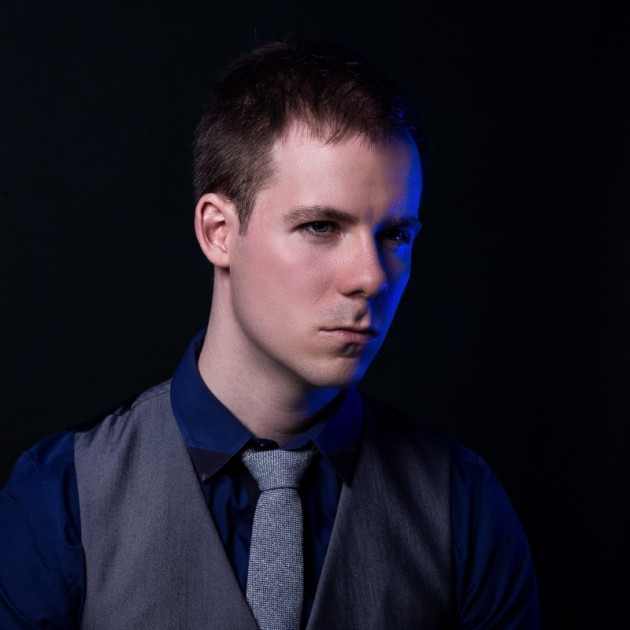
Philippe McKie
Offscreen: Do you have plans to make a feature? Can you talk about it at all?
PM: I am currently in pre-production of my first feature. My team is starving, and especially my local crew feel an urgency to get it done now or never. Tokyo takes its toll. I’ve seen so many friends and fellow artists come with dreams and leave broken and broke. It’s been a very hard journey so far, but I’m resolved to see it through and I believe this feature will be an immense opportunity for all of us.
Breaker on Youtube:
Notes
- The End of Evangelion (1997, Hideaki Anno and Kazuya Tsurumaki) ↩
- Concordia University’s Mel Hoppenheim School of Cinema ↩
- Akira (1988, Katsuhiro Ôtomo) ↩
- Ghost in the Shell (1995, Mamoru Ishii) ↩
- Metal Skin Panic Madox-01 (1987, Shinji Aramaki) ↩
- Four-episode series from 1995 ↩
- Roujin Z (1991, Hiroyuki Kitakubo) ↩
- Four-episode series from 1994 directed by Shôji Kawamori and Shinichirô Watanabe ↩
- Demon City Shinjuku (1988, Yoshiaki Kawajiri) ↩
- Miami Fashion Film Festival ↩

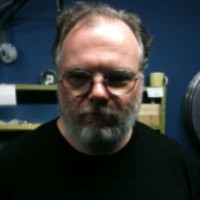

_400_258_90_s_c1.jpg)
